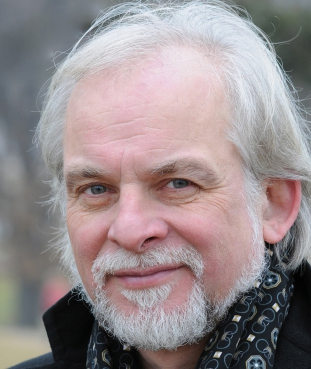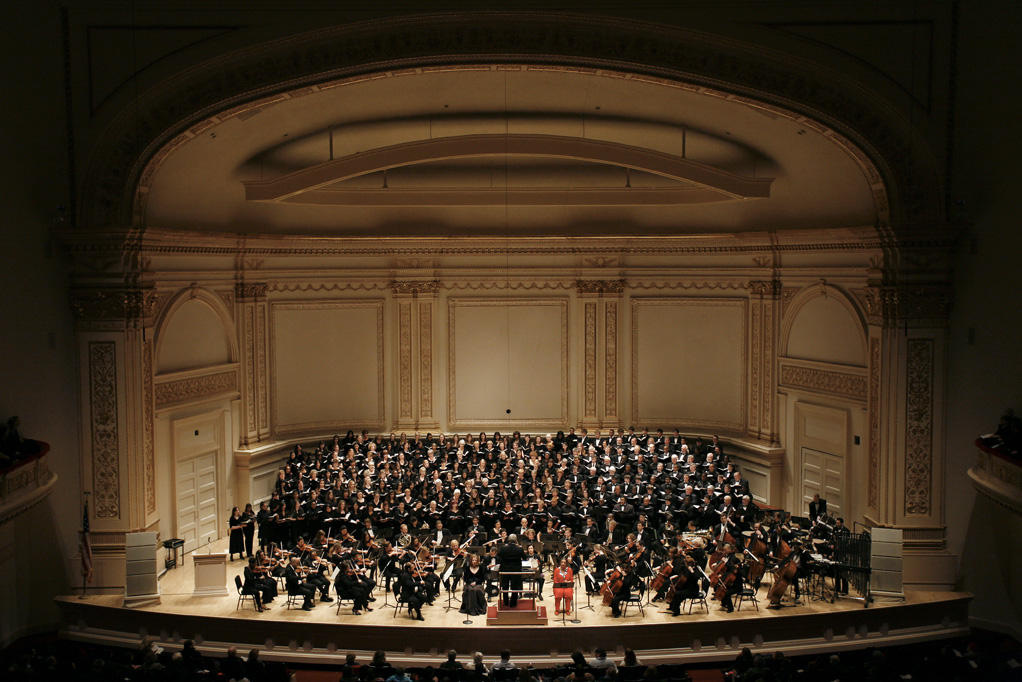Musica Sacra
Kent Tritle, Music Director; Michael Sheetz, Assistant Music Director
Lianne Coble, soprano; John Turanno, tenor; Malcolm J. Merriweather, baritone; Arthur Fiacco, Jr., cellist; Walter Hilse and Raymond Nagem, organists
Cathedral of Saint John the Divine, New York, NY
March 4, 2015
It is not often that one hears three world premieres all in one evening, with the notable exception of sacred concert music, a sphere that continues to thrive due to the dedication of organists, choir directors, choral singers, and their supporters and patrons. This wouldn’t be the usual volunteer church choir music, rehearsed but once on a Thursday evening prior to the Sunday service; rather it is intended for professional choirs with appearances both in and out of the liturgical setting.
Continuing its commitment to expanding the choral repertoire, Musica Sacra dedicated its final concert of the season to three world premieres, including The Wisdom of the Wise Old Man by Juraj Filas, Returning by Michael Gilbertson, Lux Aeterna by Robert Paterson, as well as Parable, A Tale of Abram and Isaac by Judith Lang Zaimont. [Reviewer’s note: This review will concern itself primarily with the Juraj Filas premiere.]
Briefly stated: What is there that Kent Tritle can’t do? His presence in the New York organ and choral scene is dominant, and always excellent. Since his taking over the group Musica Sacra, its already first-rate reputation has been sharpened and focused even more. His conducting is lyrical, energetic, and, for lack of a better word, mystical. He draws forth the entire scope of dynamics and color variety from the lean choir, composed of just twenty-eight singers.
Mary B. Davidson, a board member of Musica Sacra, and Arthur Fiacco, Jr., a fine New York cellist (and long-time collaborator with Maestro Tritle), were both so moved by a recent trip to the Nazi show-camp of Terezín (better known by the German name Theresienstadt), in what today is the Czech Republic, that they commissioned the prolific Slovak composer Juraj Filas to create a suitable memorial to mark the seventieth anniversary of the liberation of the camp, and all the extermination camps (of which Terezín wasn’t one, offically), and the end of WWII in the European theater.
What do I mean by the term show-camp? Terezín was used by the Nazis as propaganda to show how they were tolerant and not cruel. Red Cross groups were regularly paraded through Terezín to see for themselves the orchestra, chamber music, theater, poets, etc. Of course, all this was but the thinnest of masks to the real horror. Most of Terezín’s inmates were transported to one of the extermination facilities, if they didn’t die of disease first.
Mr. Filas can be considered the ‘composer-grandsonʼ of one of Terezín’s inmates: Rudolf Karel, who was his teacher’s teacher.
We tend to think of horror as zombies, chainsaw massacres, and the like, but the real horror is when man inflicts humiliation, torture, and death upon his fellow-man. Mr. Filas seized upon this realization to craft a dramatic cantata for soloists, chorus, cello solo, and organ, that uses one section of Dante’s Inferno, and some lines from a fairy tale by Czech author Karel Jaromír Erben.
While the Dante dwells on the terrors of the damned as they descend to their various punishments (“Abandon hope, all ye who enter here” sung in Italian, as were all the Dante lines), the Erben urges its hearers to carry on, that “We will cross the threshold of wisdom and leave for the place, which knows no joy or sorrow, where there’s neither delight or death, where there’s eternal peace and paradise.”
Mr. Filasʼ compositional style (in this piece, anyway) tends to the portentous and bombastic, although, I must say he acheived an almost Mahler-like transcendence in the consoling words of Erben heard at the end. There are at least two ways of looking at originality: (1) is the composer creating a new vocabulary of music or adding something never before done?, and (2) is he expressing himself as only he can, thus original and authentic? Mr. Filas is certainly a (2), and if I knew more of his music, perhaps I’d be inclined to add (1).
Mr. Fiacco played his yearning cello part with all the commitment and soul one could ever wish for, and it’s only a shame that it was audible only during his solos and when he was with organ; but not when the full choir was singing. At those times he looked very busy but one wasn’t hearing his contribution. The chorus and solists were magnificent, their diction was crisp and intelligible even in the cavernous acoustic of the cathedral, with its many seconds of reverb.
“Love is the truest elixir. . . This is the wisdom of the wise old man.”


